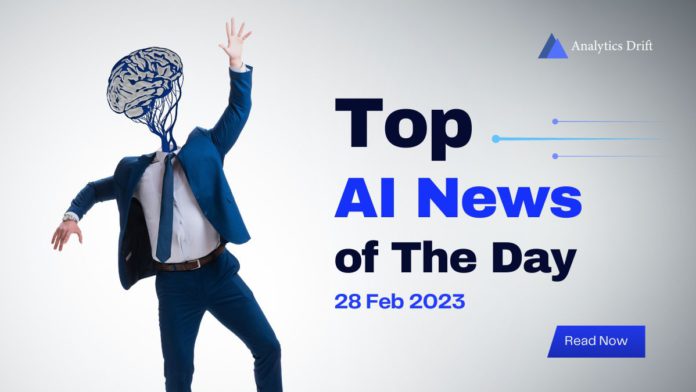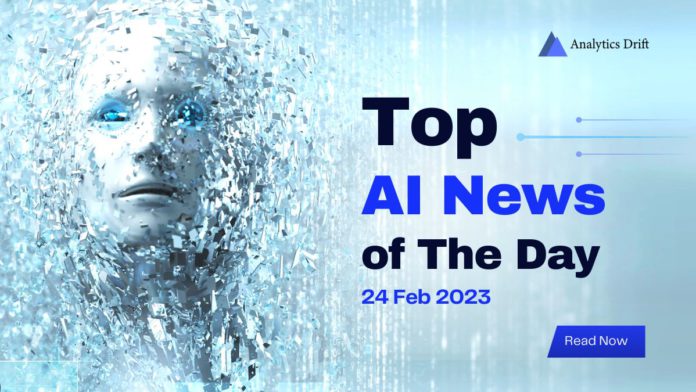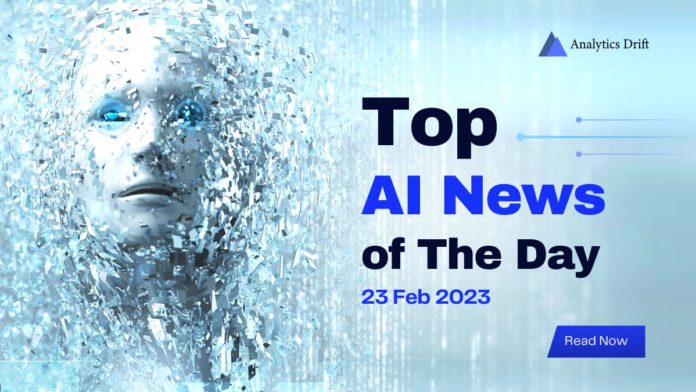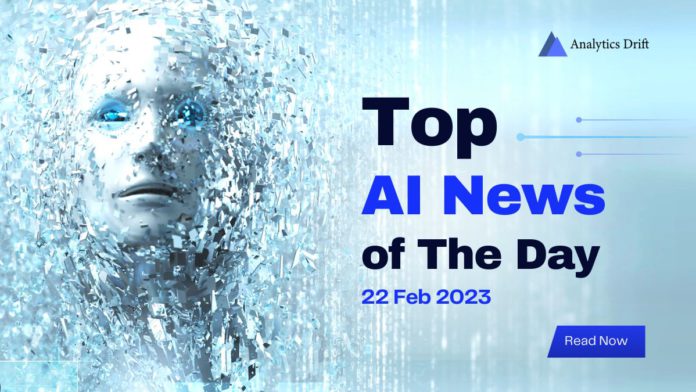Artificial intelligence is one of the numerous ground-breaking concepts that will significantly impact e-commerce companies as they shape the future of the online market. Robots are already taking over your neighborhood’s retail industry. AI is changing the e-commerce and retail sectors with customized consumer experiences, automated warehouse operators, face recognition software payment systems, anti-counterfeiting technology, and more.
One of the most prominent users of AI technology is Apple, Alibaba, Amazon, etc. Yet, not all businesses are created equal regarding their capacities and investments in the AI area. The ranking and position of a firm among the most important themes may be a key indicator of that company’s likely future profitability and overall competitive advantage. So, let’s take a look at how different online shops adopt AI strategies.
Macy’s
To demonstrate the increasing presence of cognitive computing and predictive analytics in the retail business, Macy’s is testing a mobile Web-based artificial intelligence system that encourages customers to submit product-related questions and find answers.
Macy’s is utilizing IBM Watson’s Satisfi engagement technology to power its new mobile service. Queries may cover a range of subjects, including information on store layout, product selection, and accessible in-store activities. For instance, a person may inquire on the platform about the location of the section for women’s shoes. And locate its specific placement. Customers may also enter a keyword search for a single item into Macy’s on Call to find out whether it is available and where it is located in the mall.
Results are generated using an interface powered by IBM Watson’s Natural Language Classifier. The system allows Macy’s to discover more about the services, attributes, and goods that delight shoppers.
Alibaba
Alibaba is making a significant investment in artificial intelligence because it can predict what consumers want to buy, which is crucial for the biggest e-commerce platform in the world. The website’s product information is created utilizing NLP to be easily searchable.
The business declared in 2020 that it would invest $28 billion in the cloud, AI, and other technologies over the following three years. 2019 saw the launch of Alibaba’s first AI inference chip. Within five years, its Pingtouge chip division may overtake the market.
Alibaba wants to invest $1 billion in expanding its AIoT ecosystem, which includes its voice assistant and smart speaker, in order to catch up to its US and local competitors. The claimed focus is on connecting the information and services from the larger ecosystem, which includes amusement, wellness, and academia. Alibaba has also made several smart choices, notably in SenseTime, a well-known unicorn in artificial intelligence.
Shopify
Product descriptions heavily influence customers’ purchasing decisions; optimizing them may enhance site visibility and conversion rates. The process of getting a new merchant’s store ready to go live takes a lot of time. And carefully created product pages and descriptions are among the most crucial elements for a store’s initial success. Countless items are for sale throughout all Shopify businesses, many of which lack even a description.
Shopify tackles the issue by using AI-Generated Product Descriptions.
The software will instantly create a product description on the item setup page in the retailer’s admin once a user enters a few data regarding their item or keywords they would like to appear for in search results. The days of having writer’s block are over.
The ability to introduce goods to the website and begin receiving payments is now quicker than before. For retailers with huge product inventories, users can now rapidly create captivating product descriptions with a consistent voice throughout their online marketplace. Users now have a built-in copywriter in their admin, regardless of how many items they provide, allowing them more time to concentrate on managing the operation.
Zalando
In 2018, Zalando introduced the Algorithmic Fashion Companion (AFC). This machine-learning system can recognize various pieces of apparel and offer ideas for an ensemble depending on the user’s prior buys. Zalando has tried to employ AI to ensure that things purchased fit the consumer adequately and appear as they were represented on the screen to decrease the number of refunds, which now sits at approximately 50%.
The business uses AI to improve its service, handle logistical problems as effectively as possible, prevent fraud, and meet seasonal demand.
Furthermore, selecting, packaging, and shipping are all handled by AI as part of warehouse operations. Smart algorithms have improved knowledge of how and when the box will be transported to the consumer based on the selected courier service. Robots at distribution centers have been helping people by detecting, collecting, and transporting things to particular packaging locations.
To Sum Up
While we may not give it much thought, AI is a significant part of most people’s daily lives. It can be as simple as asking to define dissertation paper and getting a custom thesis written for you.
Overall, your customer experience, conversion, revenue, and profit may all be dramatically increased with a solid AI system that uses machine learning. By utilizing AI for e-commerce platforms, online businesses may automate tasks and reduce the amount of human labor. AI can detect both micro and macro patterns more quickly than any individual.











